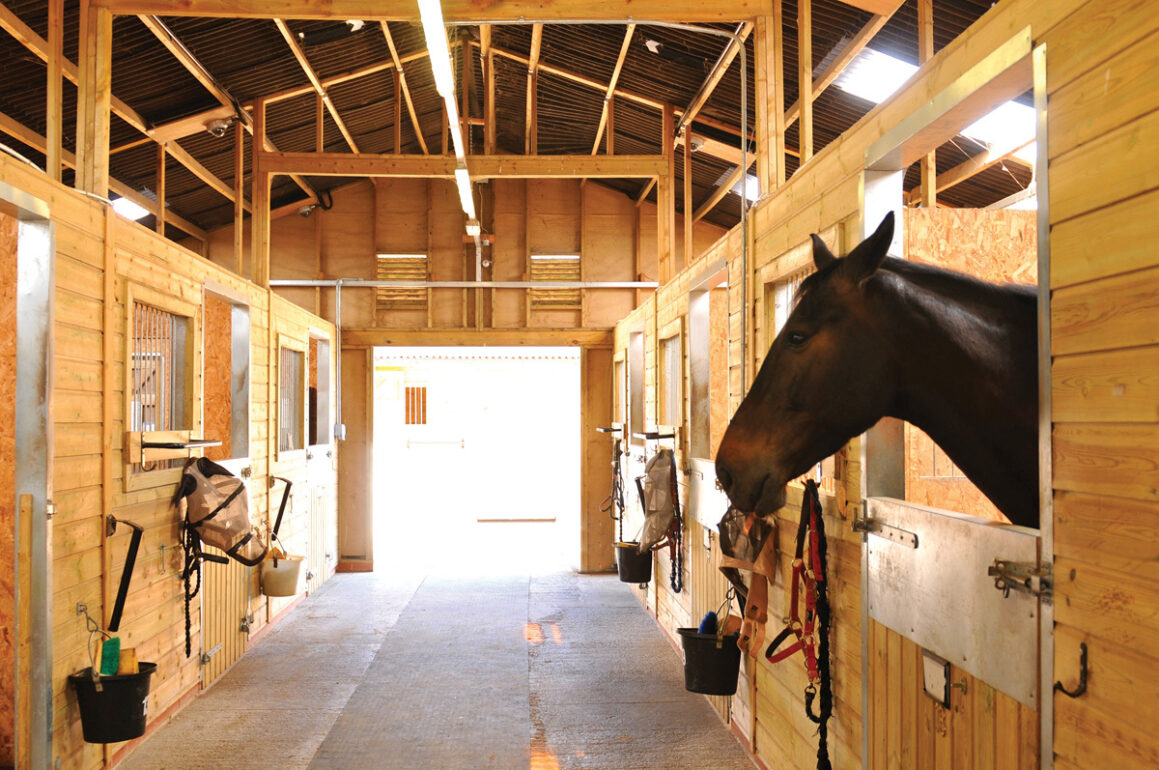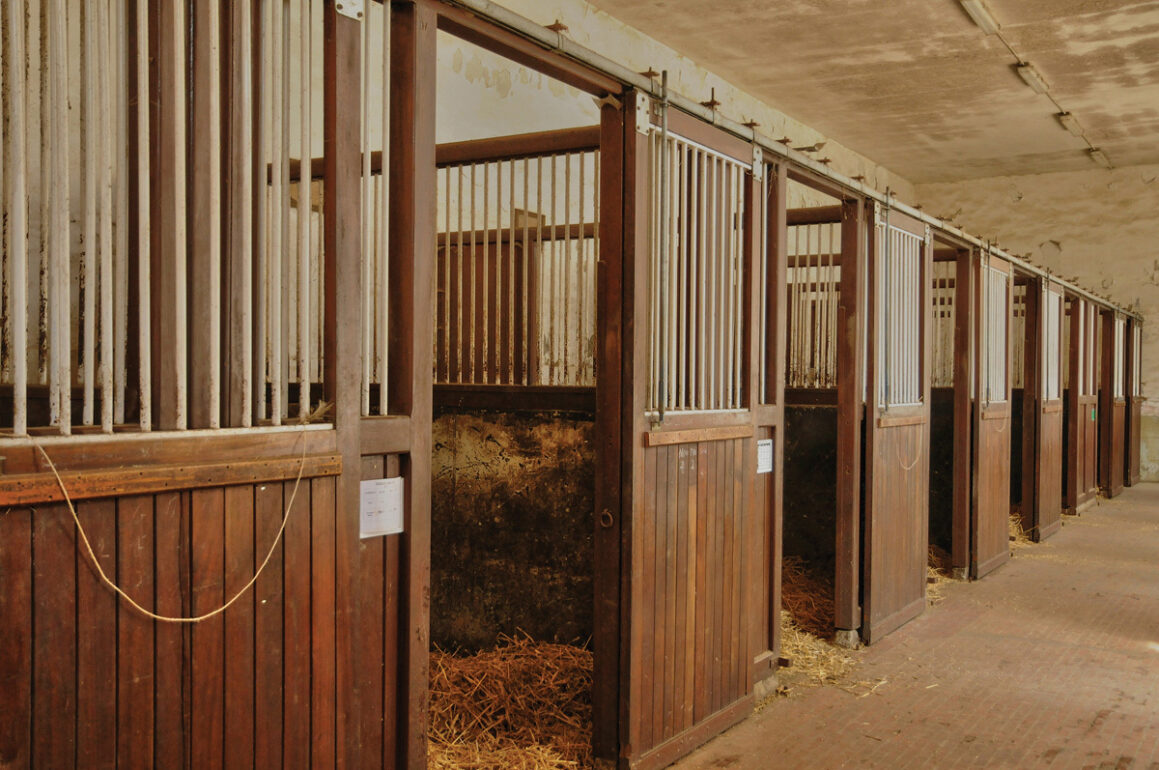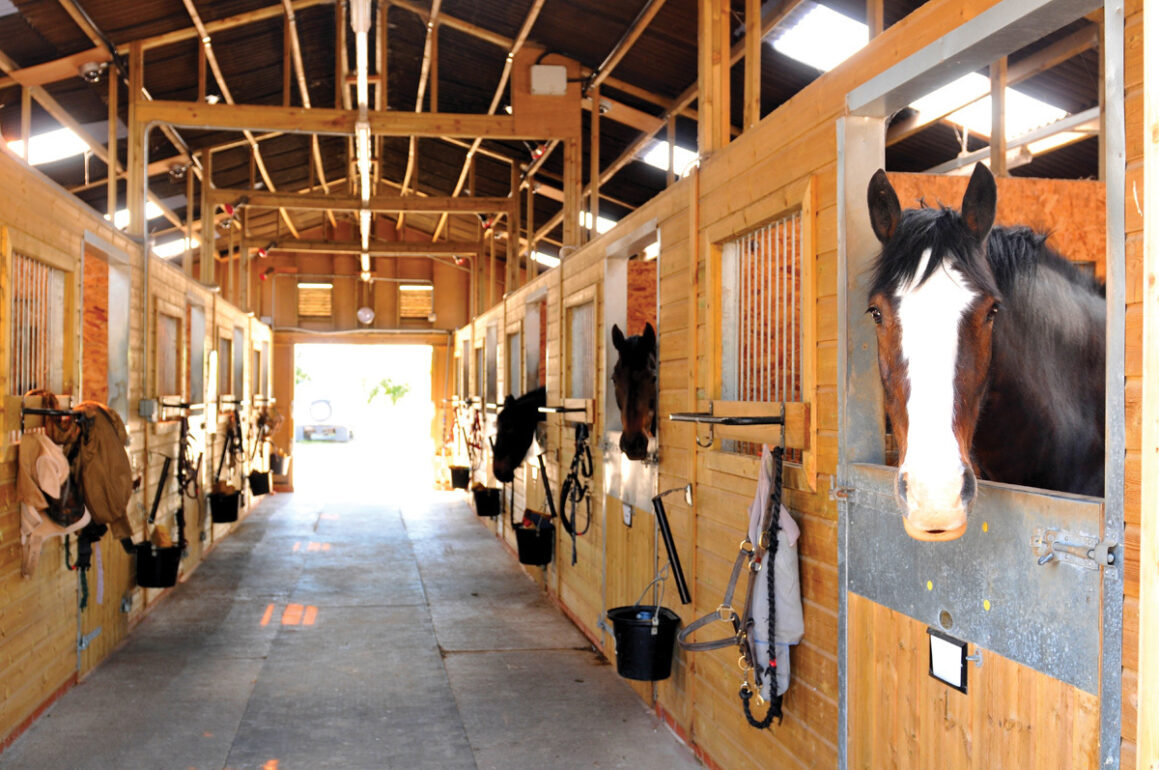StableCraft: Fine-Tuning Equine Living
Owning a horse stable is not just about providing shelter for your equine companions; it’s a commitment to their well-being and overall health. Regular maintenance ensures a safe and comfortable environment for your horses, promoting their happiness and longevity. A clean stable is a healthy stable. Regularly remove soiled bedding, droppings, and debris from the stalls. This not only prevents unpleasant odours but also reduces the risk of bacterial and fungal infections. Clean and disinfect water and feed buckets regularly to ensure your horses have access to clean, uncontaminated resources.vulputate elaboraret ad. Et vix menandri argumentum.
Choose appropriate bedding material for your horse stalls, such as straw, shavings, or wood pellets. Regularly replenish and fluff bedding to provide a comfortable and clean resting area for your horses. Proper bedding helps absorb moisture and prevents the development of respiratory issues. Stable ventilation is crucial for your horses’ respiratory health. Ensure proper air circulation by installing windows, vents, or fans in the stable. Good ventilation reduces the buildup of dust and ammonia, creating a healthier environment for both horses and caretakers.
Schedule routine inspections of the stable structure, including walls, floors, and roofing. Check for any signs of wear, damage, or potential hazards. Addressing issues promptly prevents accidents and ensures the stability and safety of the entire structure. If your horses have access to pastures, maintain them regularly. Rotate pastures to prevent overgrazing and promote healthy grass growth. Regularly inspect and repair fences to ensure your horses’ safety and prevent them from wandering into unsafe areas.
Establish a secure tack room for storing saddles, bridles, and other equipment. Proper organization and regular cleaning prevent the growth of mold, protect leather goods, and extend the lifespan of your tack. Implement effective pest control measures to keep flies, rodents, and other pests at bay. Regularly clean feed areas, remove standing water, and consider using safe pest deterrents to create a comfortable environment for your horses.
Incorporate routine health checks into your stable maintenance routine. Monitor your horses for any signs of illness or injury. Regular veterinary visits, vaccinations, and dental care contribute to the overall health and well-being of your equine companions. Have a well-thought-out emergency plan in place. Ensure that fire extinguishers are accessible, and all caretakers know how to use them. Additionally, have an evacuation plan in case of natural disasters.
If in doubt, consult with stable management professionals or equine facility experts. They can provide insights into best practices for stable maintenance, helping you create a healthy and safe environment for your horses.



